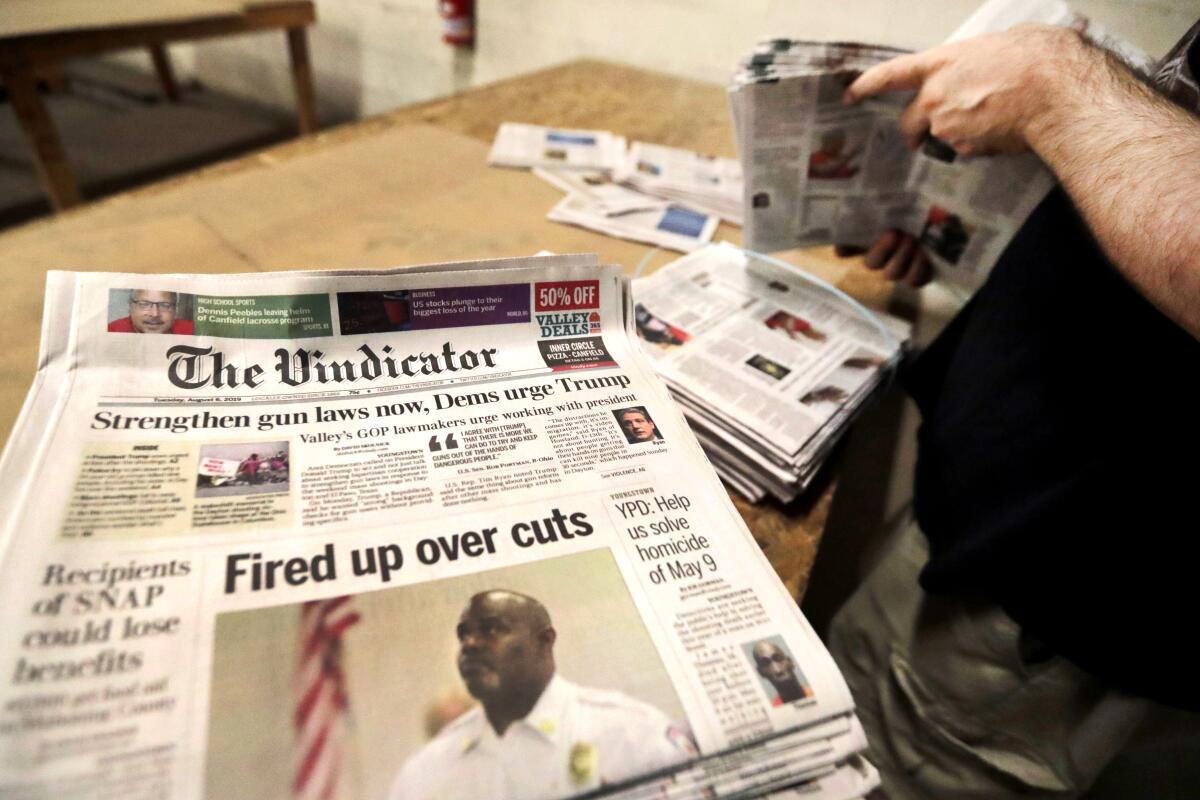Facts About News Articles Revealed
Table of ContentsLittle Known Facts About News Articles.10 Easy Facts About News Articles ShownSome Known Details About News Articles Some Known Incorrect Statements About News Articles Little Known Questions About News Articles.
Great knowledge of various subjects offers trainees a competitive side over their peers. Despite the fact that digital and social networks are easily easily accessible, we should not fail to remember how crucial it is to check out the papers. Parents need to try and instill the behavior of reading a paper as a daily routine to proceed the heritage of the revered print medium.Information stories likewise have at least one of the adhering to important qualities relative to the intended audience: distance, prestige, timeliness, human interest, curiosity, or repercussion.
Within these restrictions, news tales likewise aim to be comprehensive. Amongst the bigger and more respected papers, justness and balance is a major element in presenting details.
Papers with a global target market, for instance, often tend to make use of an extra official design of writing. The specific options made by an information outlet's editor or editorial board are usually gathered in a style guide; common style overviews include the and the US Information Design Book. The primary goals of information writing can be summed up by the ABCs of journalism: precision, brevity, and quality.
Indicators on News Articles You Need To Know
Generally, journalists will not utilize a long word when a short one will do. They utilize subject-verb-object building and vibrant, active prose (see Grammar). They use stories, instances and allegories, and they hardly ever rely on generalizations or abstract concepts. Information authors try to avoid using the same word much more than once in a paragraph (often called an "resemble" or "word mirror").
However, headlines occasionally leave out the topic (e.g., "Jumps From Watercraft, Catches in Wheel") or verb (e.g., "Pet cat lady lucky"). A subhead (additionally subhed, sub-headline, subheading, caption, deck or dek) can be either a secondary title under the primary heading, or the heading of a subsection of the post. It is a heading that precedes the main message, or a group of paragraphs of the main message.

of an article topic, informant, or interviewee), it is described as a pulled quotation or draw quote. Added signboards of any helpful site of these kinds may appear later on in the article (especially on succeeding pages) to lure more analysis. Journalistic web sites often make use of computer animation strategies to switch one billboard for one more (e.g.
Some Of News Articles
Such billboards are also made use of as reminders to the write-up in various other sections of the publication or website, or as ads for the piece in various other magazine or sites. News release of the Swiss federal government. Regular framework with title, lead paragraph (recap in vibrant), other paragraphs (details) and contact information.

Example of a hard-lead paragraph NASA is suggesting another room project. The budget requests about $10 billion for the project.
An "off-lead" is the 2nd most vital front page news of the day. To "hide the lead" is to start the write-up with background information or information of additional relevance to the readers, forcing them to read more deeply right into a write-up than they must have to in order to discover the important factors.
Some Known Factual Statements About News Articles
Typical usage is that or 2 sentences each create their very own paragraph. Journalists normally explain the company or framework of a news story Your Domain Name as an inverted pyramid. The necessary and most interesting components of a tale are put at the beginning, with sustaining details complying with in order of decreasing significance.
It allows individuals to explore a subject to just the depth that their curiosity takes them, and without the charge of details or nuances that they can think about pointless, yet still making that details offered to a lot more interested viewers. The upside down pyramid framework additionally allows short articles to be cut to any type of approximate size throughout format, to suit the room available.
Some writers start their stories with the "1-2-3 lead", yet there are many kinds of lead available. This layout usually begins with a "5 Ws" opening paragraph (as defined above), adhered to by an indirect quote that serves to support a significant element of the very first paragraph, and afterwards a direct quote to support the indirect quote. [] A kicker can describe several points: The last tale in the news program; a "happy" story to end the show.
Longer articles, such as magazine cover write-ups and the items that lead the within areas of a newspaper, are recognized as. Attribute stories differ from straight news in several methods.
The Ultimate Guide To News Articles
An attribute's very first paragraphs frequently associate a fascinating minute or event, as in an "anecdotal lead". From the particulars of an individual or episode, its sight quickly broadens to generalities regarding the story's subject.

The Editor's Tool kit: A Referral Overview for Beginners and Professionals (2001) Allan M. Siegal and William G. Connolly. The New York Times Handbook of Style and Use: The Authorities Design Guide Made Use Of by the Writers and Editors of the World's The majority of Authoritative Paper (2002) M. L. Stein, Susan Paterno, and R.